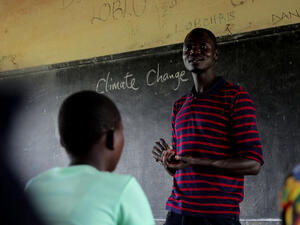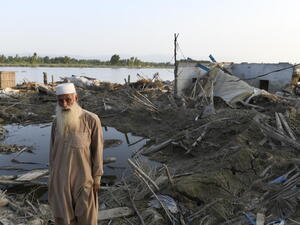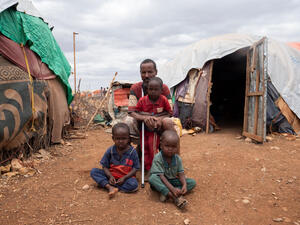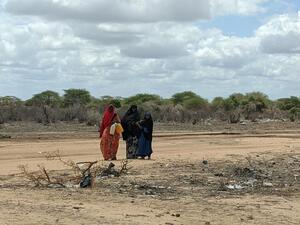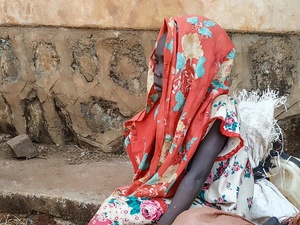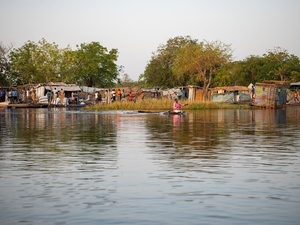Drought affects Afghan refugees, returnees
Drought affects Afghan refugees, returnees
Afghanistan, Iran and Pakistan have been hit by a severe drought, which is seriously affecting both refugees and returnees in the region. The drought, one of the worst in recent memory, has affected millions - causing dislocation, losses of livestock and damage to crops. As a result, UNHCR's assisted returns of Afghan refugees from Iran and Pakistan to the drought-stricken southern Afghan provinces of Kandahar, Helmand, Farah and Nimroz have been put on hold. Millions of people live in the hardest hit southern Afghan provinces, where an estimated 400,000 people now need emergency food assistance
We are also very concerned about the effects of the drought on Iran and Pakistan, which between them host some 2.6 million Afghan refugees - the single largest refugee caseload in the world. The situation in large areas stretching across the southern borders of the three countries is said to be critical. The United Nations is providing food, shelter, water, medicine, transportation and fodder for animals.
In Pakistan, the drought is most felt in the southern province of Baluchistan, which has 132,000 refugees, of these 80,000 are severely affected. UNHCR, in collaboration with the authorities in Baluchistan, has taken measures to alleviate the effects of the drought by rehabilitating wells, drilling new ones and installing water pumps.
Iran has reported that 17 provinces in the south, south-east and south-west have been stricken by the drought. These include Khorasan and Sistan-Baluchistan provinces, on the Afghanistan/Pakistan border, where the majority of Afghans in Iran are concentrated. The situation in Sistan-Baluchistan is so critical that livestock are being moved to adjacent provinces or being purchased or slaughtered by the government to prevent further losses.
In Afghanistan, where there are some 400,000 newly returned refugees and 260,000 internally displaced people of concern to UNHCR, it is the worst drought in 29 years. The spring rains failed and the wells have dried up. The most affected have lost almost all their wheat crops and up to 80 per cent of their livestock. The Afghan provinces are unlikely to receive any more rain before November and the next harvest is not due until the summer of 2001. Some of the provinces hit by the drought were once the breadbasket of Afghanistan.


